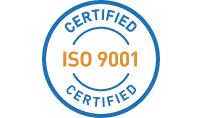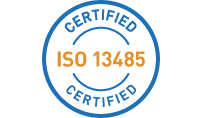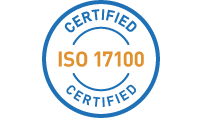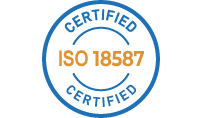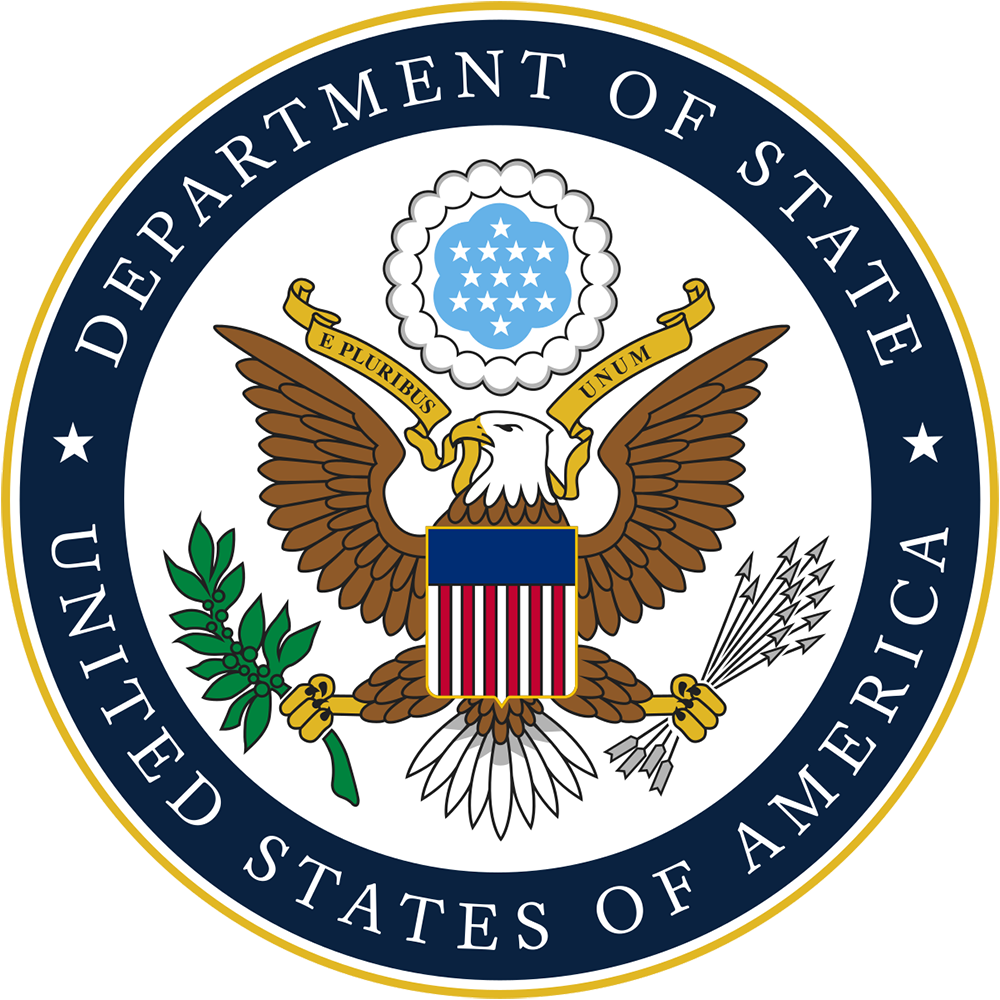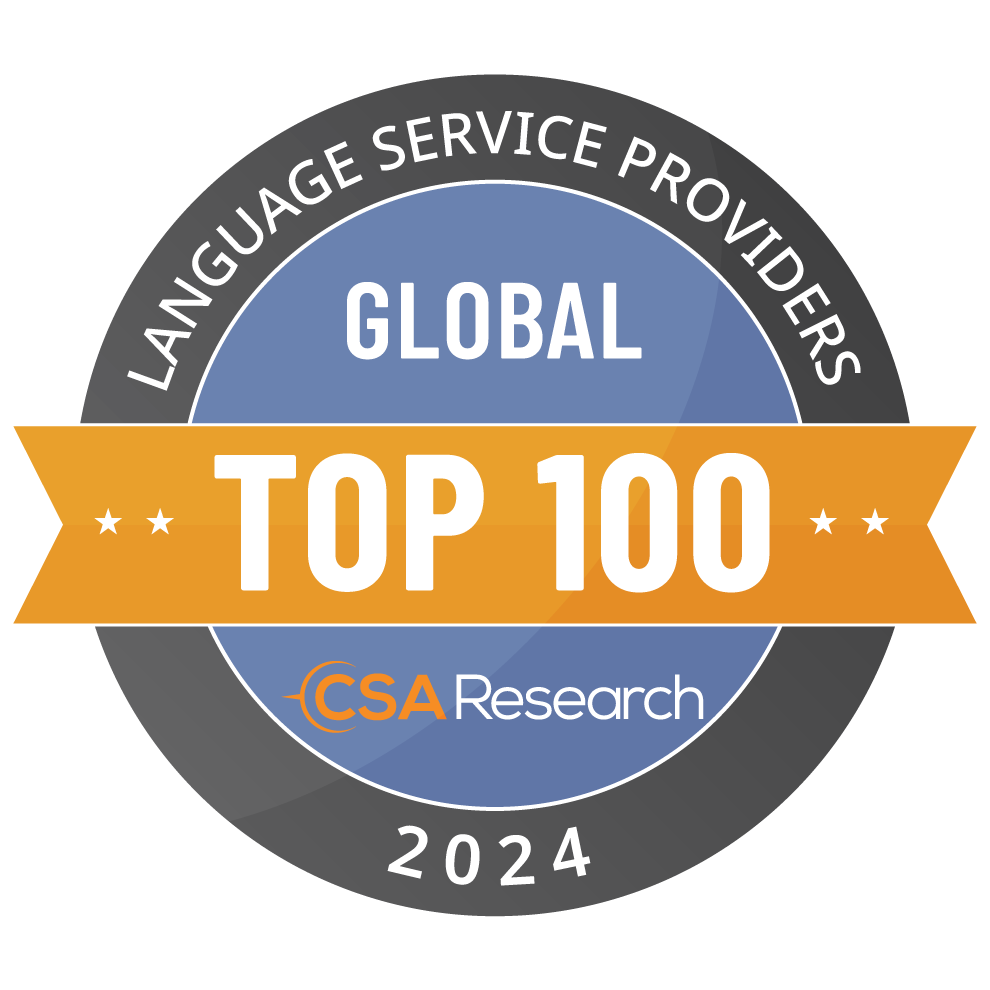
How can you ensure high-quality and timely medical translations? Start by selecting a language services provider who can offer you expertise in medical translation, a dedicated team of translators, a robust set of ISO certifications, cutting-edge technologies, and efficient workflows across your entire range of documents.

So far, so good.
But how do you know you are providing them with content that is ready to be translated?
We at Medialocate provide a localizability assessment for our clients’ medical content. The assessment ensures the texts are as clear and translatable as possible before we start translating. This benefits both our clients and our translators by preventing translation issues upfront, which is far more cost-effective than fixing the same problems in multiple languages later in the project. The localizability assessment also provides our clients with a much clearer text for their domestic audience.
Here are 4 simple ways to make your medical content as clear and translatable as possible:
1. Establish Consistent Terminology
Should you translate a term or leave it in English? How should you address proprietary terms? How should you translate your product names or newly coined technical terms?
Experienced medical translators ask themselves these questions frequently, often when they are in the middle of the translation process. Many US drug names have different meanings in other languages and our translators catch these potential dangers. An article* from Nursing Center cites the following example:
“An American who was traveling in Serbia ran out of the calcium channel blocker diltiazem (Dilacor XR). In Serbia, ‘Dilacor’ is a trade name for digoxin, and the traveler unknowingly received digoxin when he refilled his prescription. He had to be hospitalized for life-threatening digoxin toxicity after returning home. A number of drug trade names used in the United States apply to totally different ingredients in some countries. Although Dilacor is a trade name for diltiazem in the United States, it’s a name for digoxin in Serbia, barnidipine in Argentina, and verapamil in Brazil.”
Have your medical experts work closely with your language service provider to establish international project glossaries before translation begins.
2. Mind the (Spelling) Gap!
Recently, two different spellings for the same term appeared in a 2-page medical text. Rather than waiting for all of the 22 translators to report the issue, we advised our client and corrected the error, saving them money and ensuring on-time delivery.
The source of the inconsistency was a medical report written in the United States that had been updated by a doctor in the UK. Both doctors were discussing the same disease, but the American called it “Gerd” (Gastro-esophageal reflux disease) while the British physician spelled it “Gord” (Gastro-oesophageal reflux disease).
Check your source texts for spelling consistencies. See below for a fun read** that shows some surprising differences between American and British medical jargon.
3. Consider Your Audience
Who will be reading your translations? Is the content intended for medical professionals, existing customers, or people who might not understand terms or concepts used by experts?
Sometimes technical texts should be re-crafted for non-technical audiences. Recently we translated personal health guidelines for a low-income immigrant population in New England. The text relied heavily on medical jargon the target audience would not understand.
We advised our client to simplify the English version and use layman’s terms and concepts before starting work on the translations. The result was a text perfectly adapted to the needs of the audience.
4. Consult Your Visuals
Many documents get converted to PDFs, web pages, posters, or other visual formats. For such texts, we ask our clients to provide us with the source image files so that our translators see how the product or procedure is supposed to work in practice. These visual references help the translators understand not only the context of the text, but also how to render the translations in the most appropriate way for the intended audience.
For example, the phrase “DO NOT IMPLANT / LOCKED PLATE, WEB” is made up of simple individual words and concepts, but the word “WEB” could cause confusion. What does the device look like? It is a spider web, a mesh, or something completely different?
Each one of these words might need to be translated differently – in some languages, the correct term might not resemble “WEB” at all. A simple image (like the one below) provides a reference that can make the meaning of “WEB” that much clearer.

Ready to give your medical documents a check-up? Contact Medialocate and speak with the experts!
*Articles cited in this post:
Nursing center article (Dilacor)
http://www.nursingcenter.com/lnc/JournalArticle?Article_ID=583660
If a British doctor invites you to surgery, should you be worried?
http://www.bbcamerica.com/anglophenia/2011/09/if-a-british-doctor-invites-you-to-surgery-should-you-be-worried/6/
Related Posts and Articles:
- When Millimeters Matter – Easy, Preventative Measures For Better Medical Translations
- Proactive Training Yields Better Medical Translations




